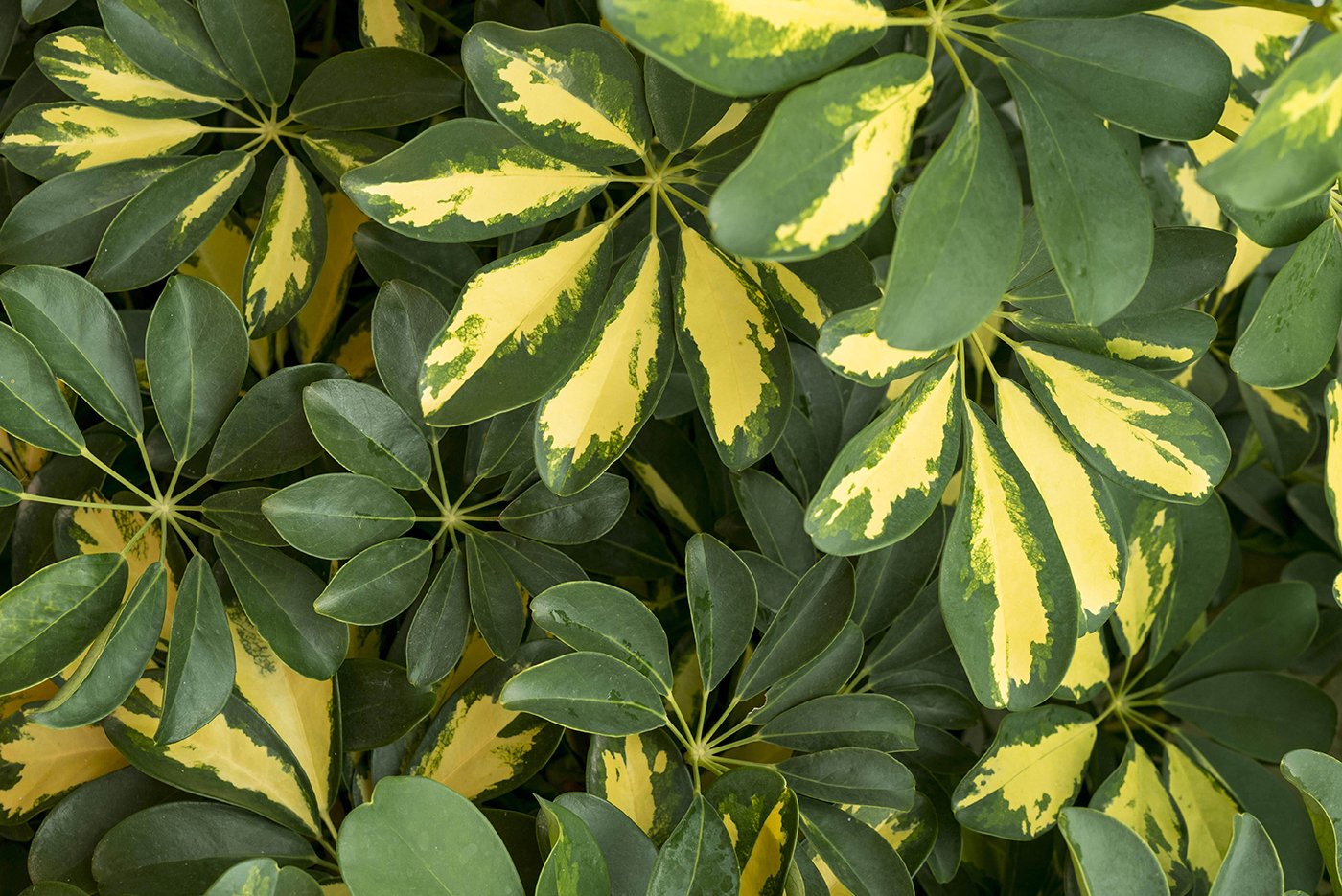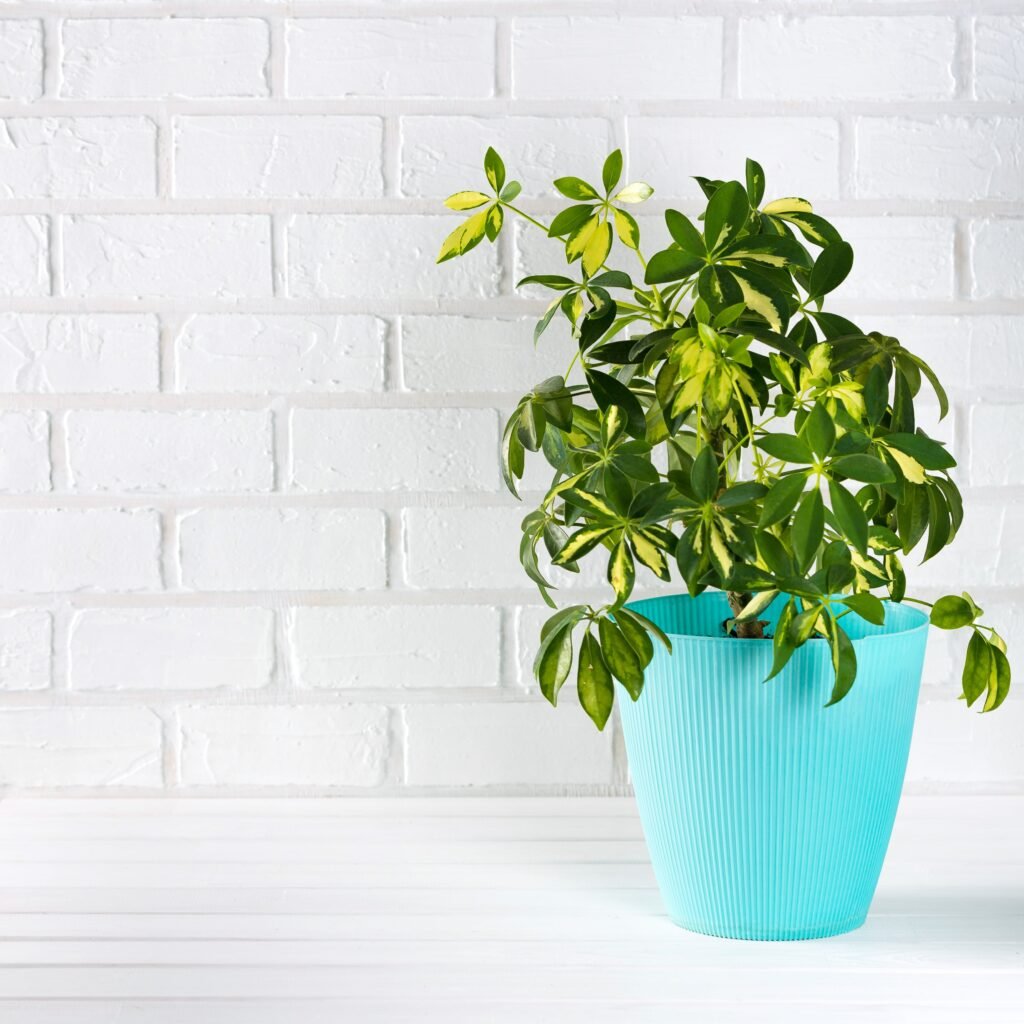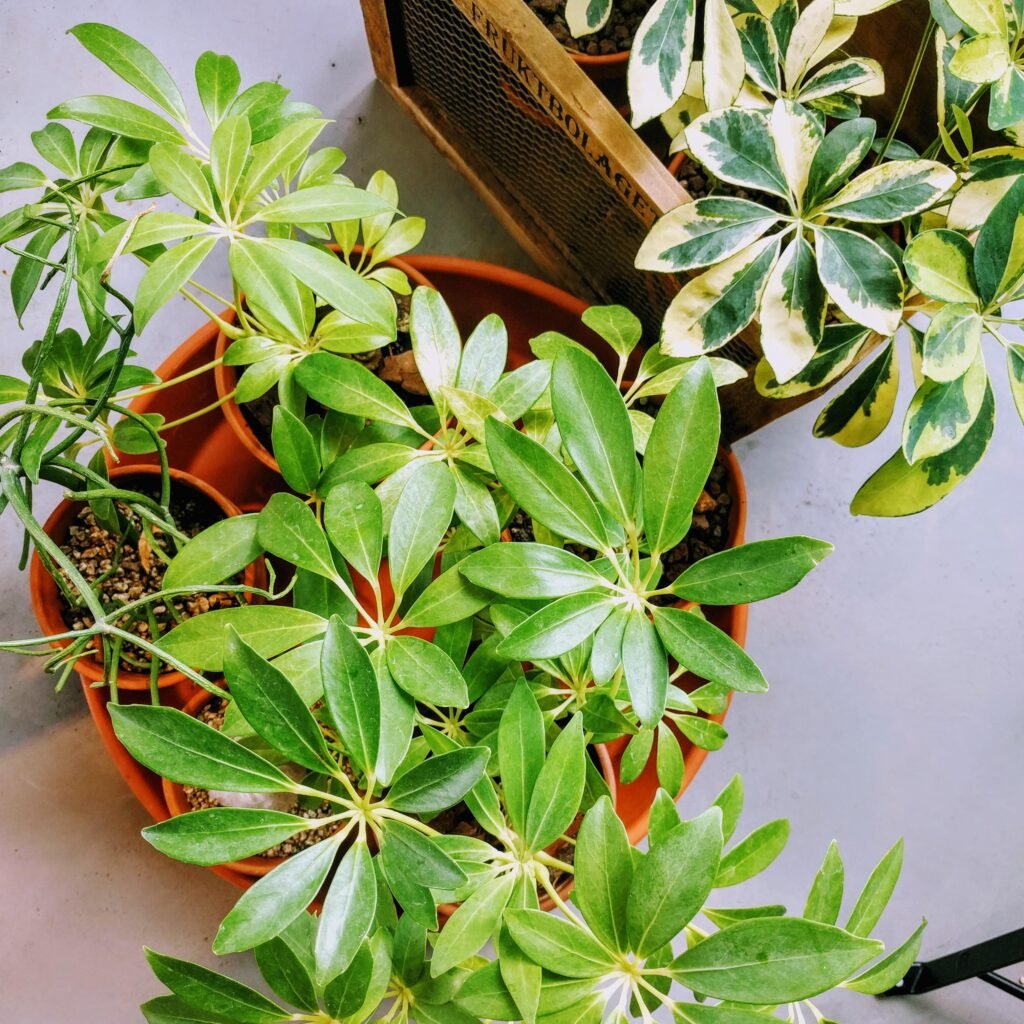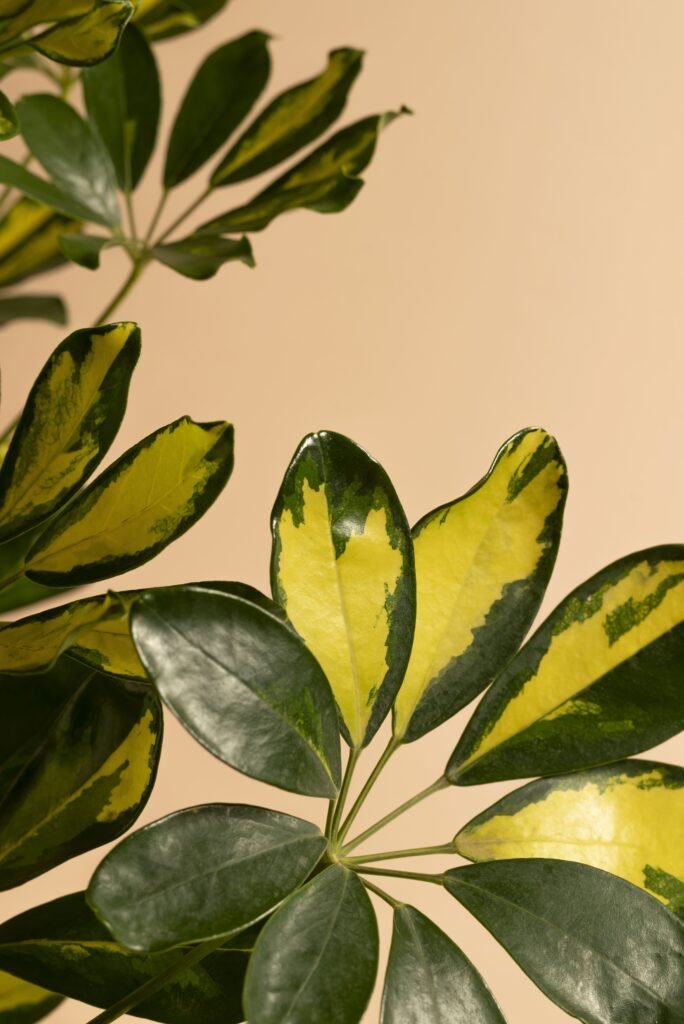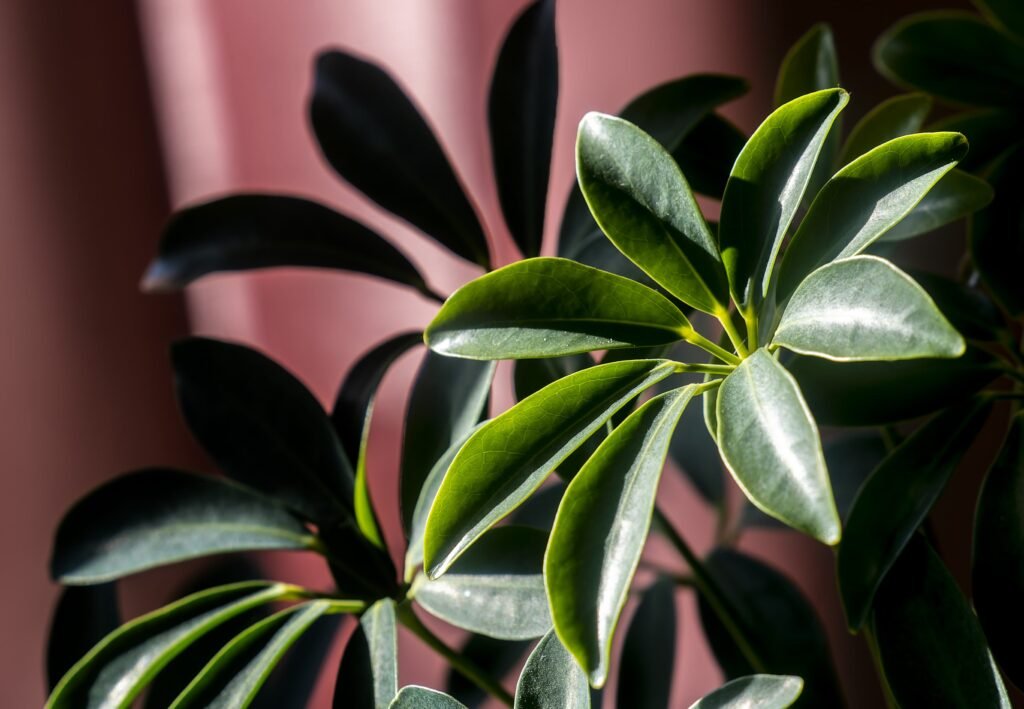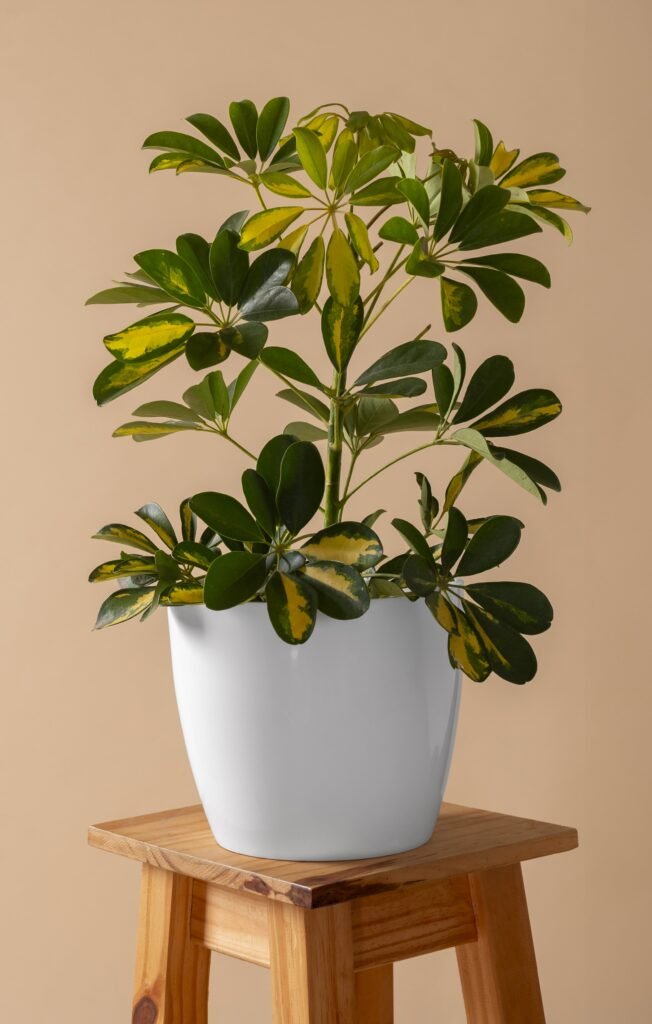SCHEFFLERA
- admin
- July 6, 2024
- Uncategorized
-
Post Views: 80
- 0
- lighting: Schefflera requires bright diffused lighting. The plant should be hidden from the direct sun, as it can cause some burns on the foliage. It is recommended to place the plant near west and east windows. In winter, it is necessary to provide the brightest possible place for the plant. Schefflera can also adapt to lower light conditions, although growth may be slower and leggier.
- watering: water thoroughly until water drains out of the bottom of the pot. Water the plant a day or two after the top layer of the soil dries, using soft, settled water. Ensure the pot has drainage holes to prevent waterlogging.
- fertilizing: the plant is fed during the growing season (from spring to fall) once in 4-6 weeks with a balanced, water-soluble fertilizer. During cold season reduce or stop feeding.
- humidity: Schefflera prefers moderate to high humidity level. Increase humidity by placing the plant on a tray of pebbles with water, using a humidifier, or misting the plant occasionally.
- temperature: In summer, the plant is kept at a temperature of about 68°F, the plant is favorably affected by a decrease in night temperature. The minimum temperature for growing in winter is 54°F, the optimum temperature for the plant during this period is between 57 and 61°F, but should be kept away from drafts, sudden temperature changes, and cold windows.
- repotting: Repot in spring every 2-3 years or when the plant becomes root-bound. Use a well-draining potting mix, such as a blend of peat moss, perlite, and pine bark.

